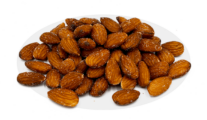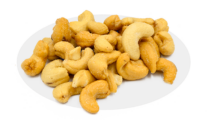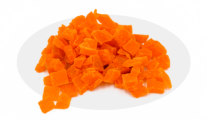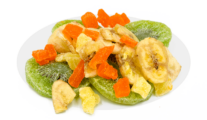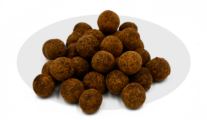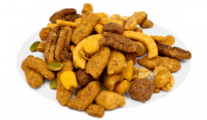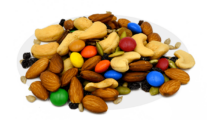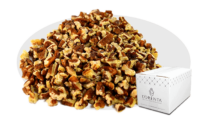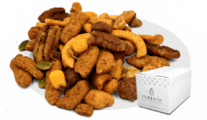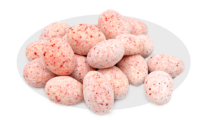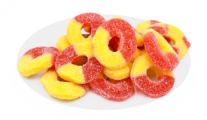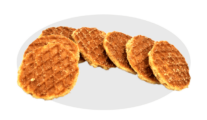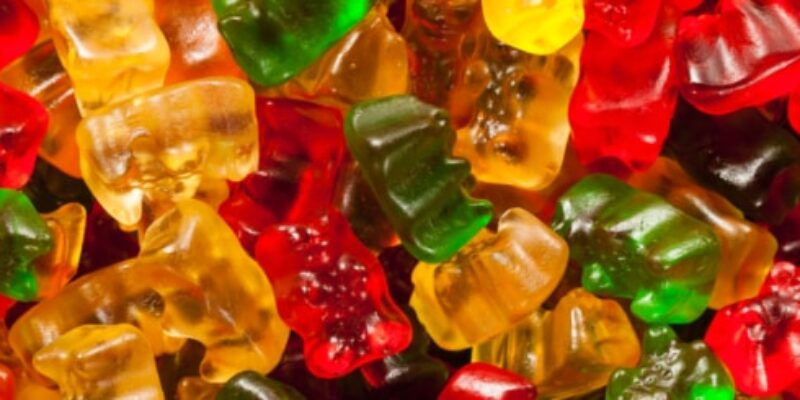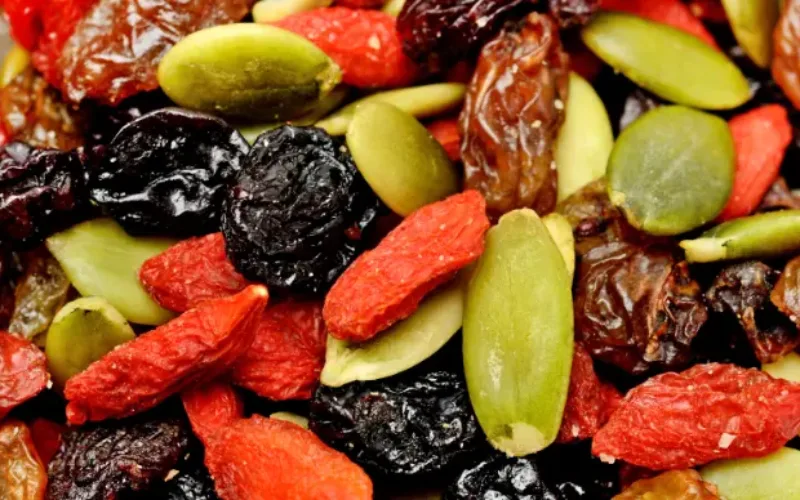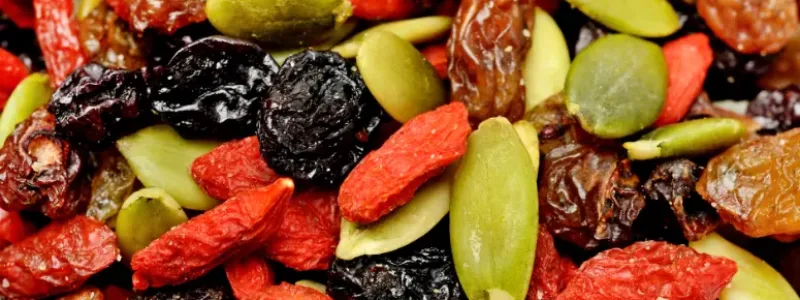Written By Sam Henselijn
Gummy bears explained! If gummy bears are your favorite childhood treat, you’ve come to the right place. The classic little sugary bites have retained its popularity for decades. A clear indication that it is a well loved treat. And with their chewy texture, sweet fruity flavors, cute shape, and bright colors, it’s really no wonder why. Read on to learn about how they’re made, whether gummy bears really go bad, and more interesting facts.
What are gummy bears made of?
The word gummy basically means jelly. It only makes sense that a key ingredient in this delightful treat is gelatin. Typically, the ingredients include a mixture of sugar, gelatin, con syrup, starch, different flavorings, food colorings and citric acid.
However, recipes vary. These days, it is possible to find organic candy, products suitable for vegetarians, or even sugar-free gummy bears, in which the sugar is omitted and an artificial sweetener such as Aspartame is used instead.
How are gummy bears made?
Gummy bears are mass-produced in factories, which means they
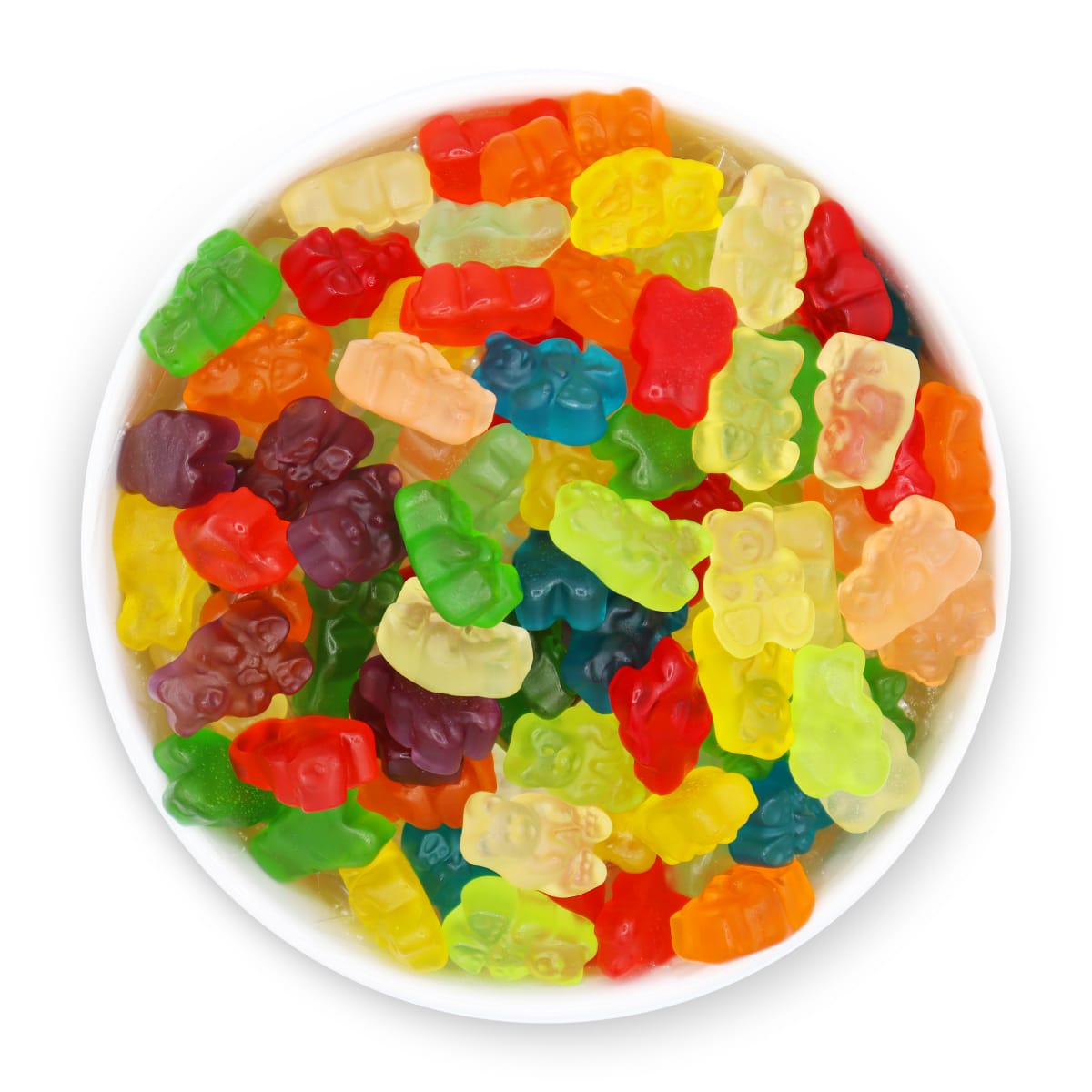
can make thousands at a time. The first step is to mix all the ingredients in a large vat. Then cook the liquid until it thickens into a slurry. Next, the mixture is poured into bear-shaped molds. These molds are lined with a thin layer of cornstarch to prevent them from sticking. After being cooled down to 65º F and allowed to sit for 24 hours, the gummies are finally set enough to be removed from their molds.
But that’s not the end of it. They still need to be placed in a large drum tumbler so that any remaining corn starch is absorbed by a light food-grade oil. That keeps them soft and fresh. Finally, the little bears are ready to be packaged and sold.
Do gummy bears go bad?
Gummy bears don’t necessarily expire, but they certainly lose quality over time. If you have a bag that’s been opened for more than three months, you’ll probably notice a change in terms of texture. They might slowly start to become dry and grainy. One case where they can do bad is if they’re not stored properly or come into contact with water, which can lead to mold.
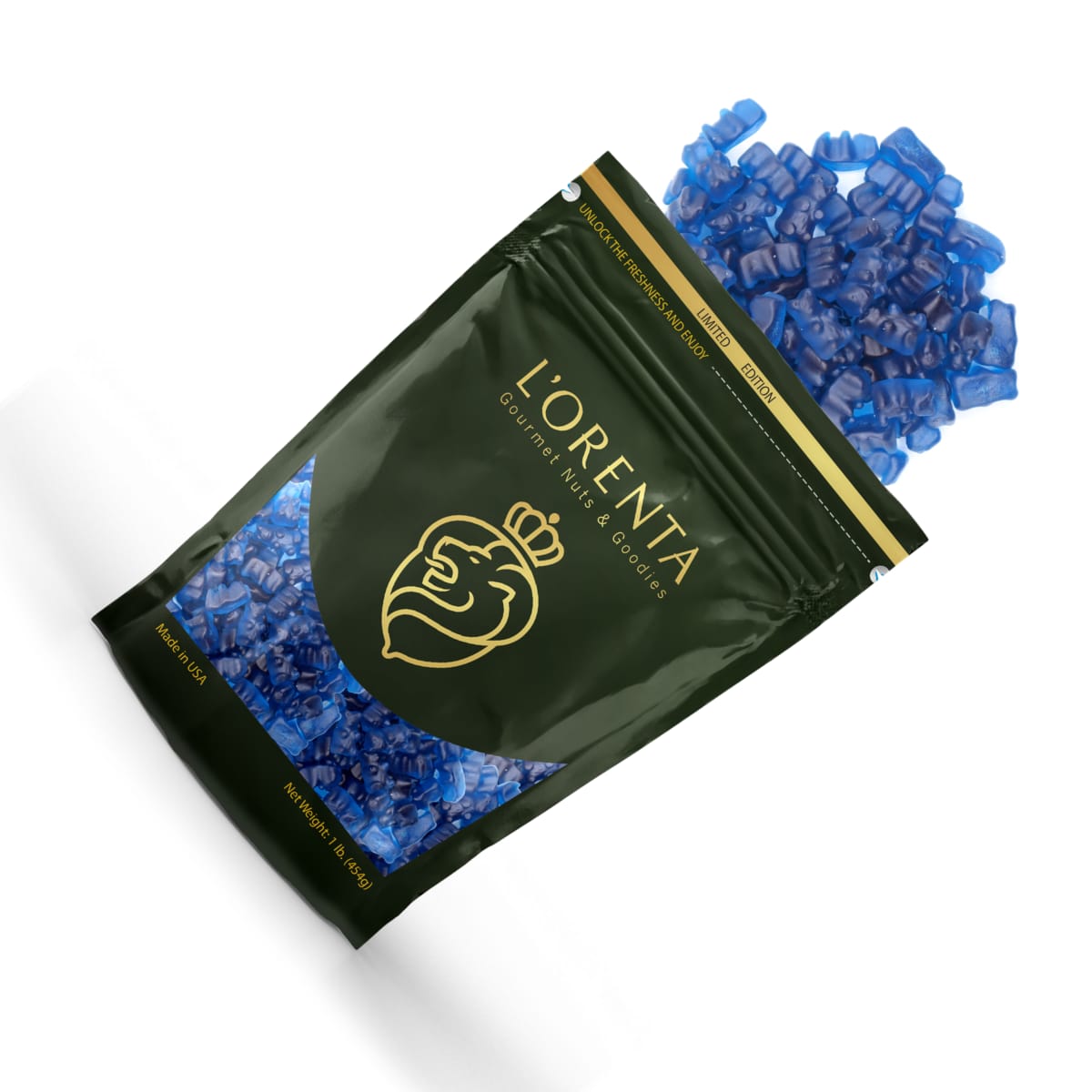
When in doubt, just make sure to check the packaging for a date. That date is only an estimate of how long the candy will retain quality, not an expiration date per se. And if you happen to buy your gummies in bulk, know they should retain quality for up to half a year if properly stored.
To sum it all up, if they are stale, hard to chew, or have any sort of odor or apparent mold, you should get rid of them.
Can dogs eat gummy bears?
You may be curious if you can share a couple with your dog, or maybe your dog has snagged some from your bag! In any case, they are definitely not safe for dogs.
For one, they contain glucose syrup, which although not harmful in small amounts, has a high sugar content and is not advisable for pups. Speaking of sugar, that’s another ingredient that should be kept away from them. Overindulging in sugar can be hard on their digestive systems and cause an upset stomach, acid reflux, vomiting, and bloating.
So while the classic gummies aren’t toxic, avoiding them is still best. But if your dog got a hold of the sugar-free version, take them to the emergency vet clinic right away, since some artificial sweeteners can be dangerous for them.
Are gummy bears gluten-free?
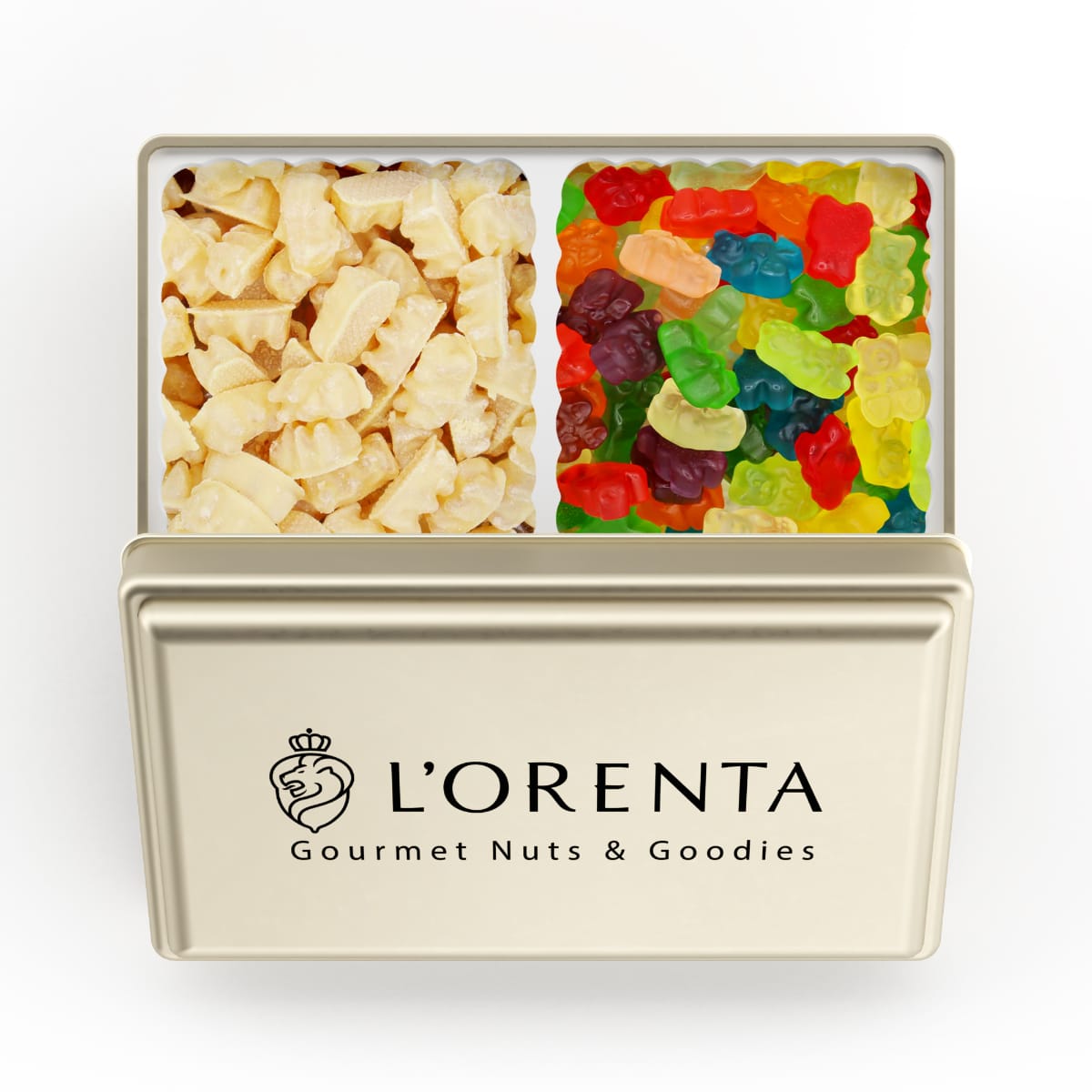
Gummy Bears have glucose and dextrose in them which is sometimes derived from wheat. In some cases, both glucose and dextrose have been so refined that most proteins are removed, making them totally or partially gluten-free. If you’re gluten intolerant, it’s best to look for the certified gluten free label on the bag.
Are gummy bears vegan?
The short answer is no, they are not vegan! Most contain gelatin which is made from animal cartilage, bones, skin, hooves, etc.
5 unusual flavors
You simply can’t go wrong with gummy bears of any flavor. but if you’re looking for out-of-the-box gummy treats, you’ll love these: white chocolate gummy bears, milk chocolate gummy bears, sour tripe bears, wild cherry gummy bears, and blue raspberry gummy bears.
Sam Henselijn Author’s Biography – Meet L’Orenta Nuts CEO
Copyright 2024 L’Orenta Nuts
L’Orenta Nuts proudly holds the SQF food safety certification, symbolizing our unwavering dedication to upholding the highest standards of food safety and quality. This certification guarantees that our products undergo rigorous scrutiny, ensuring transparency, traceability, and adherence to global food safety regulations for the utmost consumer confidence.
L’Orenta Nuts has the HACCP (Hazard Analysis and Critical Control Points) certification is a systematic approach to identifying, evaluating, and controlling food safety hazards. It ensures that food products are produced and handled in a manner that minimizes risks and complies with safety standards.
Our GMP (Good Manufacturing Practices) certification ensures that a manufacturing facility adheres to comprehensive quality and safety standards while producing pharmaceuticals, food, and other consumer goods, promoting consistency, quality, and compliance with regulatory requirements.
L’Orenta is an FDA-approved manufacturing facility and has met the rigorous standards set by the U.S. Food and Drug Administration. It demonstrates compliance with regulations, ensuring the production of safe and high-quality food products.


